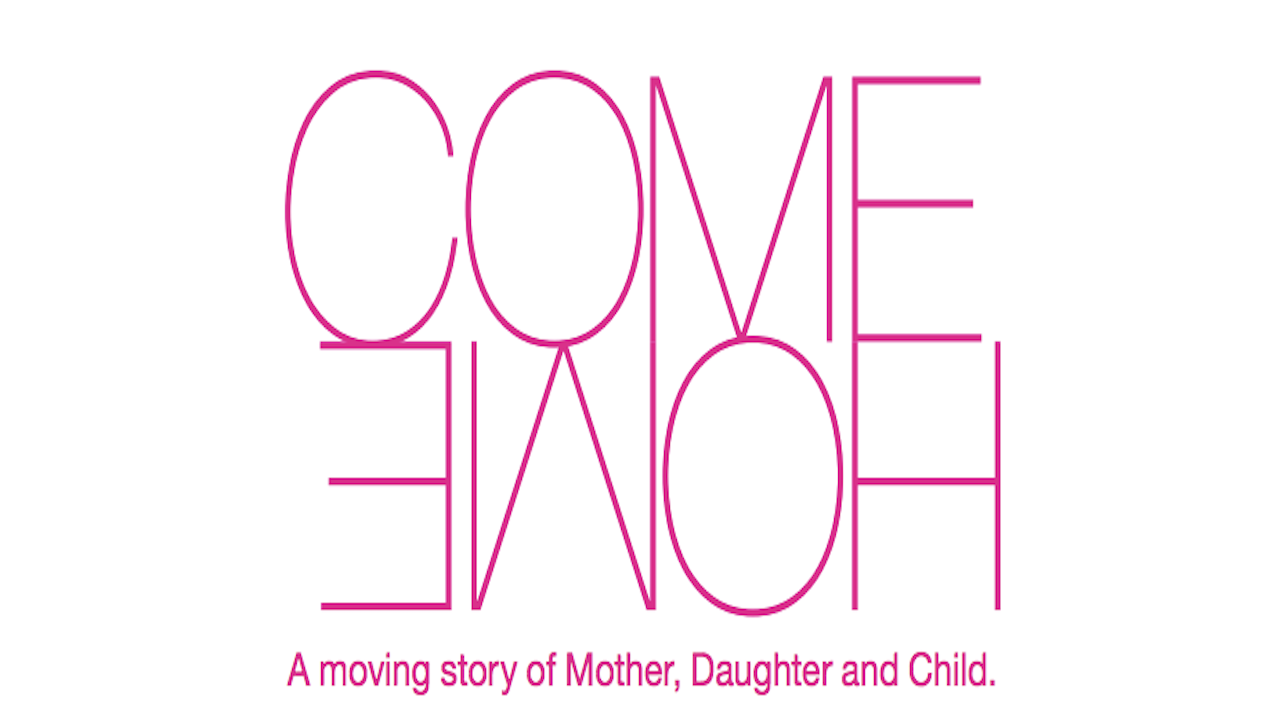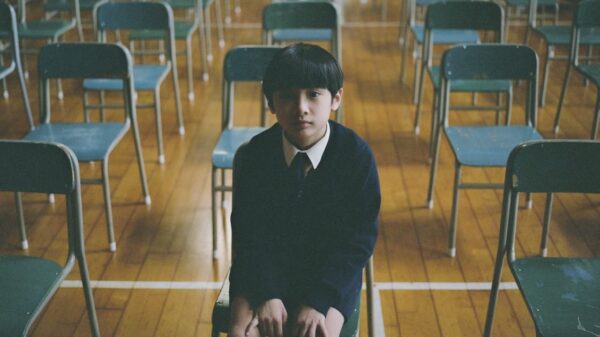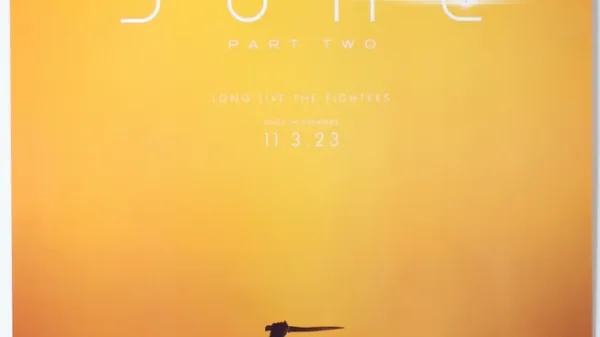Roar writer Charmaine Tan on Marta Stysiak’s short documentary film “Come Home”.
“Come Home†is a short documentary film directed by Marta Stysiak, set in modern day Poland. Before coming to fruition, it existed as a multi-sensory installation consisting of a three-minute footage of a conversation between a mother and daughter, and a bowl of soup. It caught the eye of Birth Rites Collection (BRC) at King’s College London, and Stysiak was invited to do a residency with them, which later led to the production of her documentary.

As part of the immersive experience, visitors would watch and listen to the conversation via the phone, whilst holding onto the bowl of soup. The installation acts to recreate the feeling of being confined in a mental institute.
Synopsis
Inspired by a teenage mother’s letter to Santa Claus asking for a breastfeeding shirt, “Come Home†explores the complexities of motherhood. The story follows Victoria, a 16-year-old mother, whose son, Natan, is taken from her at birth. This deprives both mother and child of the golden hour of childbirth, preventing the formation of a deep maternal bond. Through fly-on-the-wall cinematography and raps composed by Victoria herself, “Come Home” details the ups and downs of her journey as a teen mother, as she spends two years fighting for custody over Natan.
The documentary begins with a glimpse into the strained relationship Victoria shares with her single mother. They argue about the risk of losing Natan permanently, unless Victoria could prove that she was a great mother. Rap lyrics begin, expressing Victoria’s inner thoughts and love for her child, whom she could only see once every fortnight. However, two weeks became eight months when Victoria was caught smoking marijuana, resulting in her incarceration at a mental institute. During which, Victoria’s mother steps into her shoes and cares for Natan fortnightly. She would call Victoria, and the latter would exasperatedly try to connect with her son through the phone. Unfortunately, by the time she is released, Natan no longer recognises his mother. Victoria turns 18 and a trial date is set to give her a final chance to fight for custodial rights. But she never showed, concluding the documentary with an outcome that surprised not only the audience, but also the filmmakers.
Childbirth and teenager motherhood
The ending left many questions unanswered, illustrating the complicated journey of motherhood. Why did Victoria not show up? What becomes of the relationship between her and her mum? Will she ever see Natan again? It leaves rooms for much reflection: Should she have been given a chance to show that she could care for Natan? Should society have given her more support as a teenage mum? What even is a good mother?
The documentary sparks conversations on the topic of childbirth and teenage motherhood. Motherhood is a once-in-a-lifetime experience that only mothers themselves will truly be able to understand. According to Stysiak, she had never imagined missing her children so much when away from them. It was only after having given birth herself, that she understood the strength of this maternal bond. This emotional bond is strong and extremely important to a child’s growth, which begs the question: Should we ever take a child away from their mother? Are foster care systems really the best solution for children of young mothers?
Stysiak manages to create a sense of emotional rawness and intimacy through the use of handheld shots. Filmed over a period of two years, we experience Victoria’s day-to-day lifestyle alongside her in this documentary. Composed entirely on set, her raps tell her side of the story. We see reality through her eyes and her struggles between wanting to do what’s best for Natan and dealing with her own issues.
Overall, “Come Home†is a reminder that motherhood isn’t a straightforward journey, especially when one is young and society stigmatises against them. It is a journey that involves sacrifice, and we are constantly trying to understand what makes a good mother and is best for a child.
Click here for more on Birth Rites Collection.Â
Click here for more on Marta Stysiak. Â


















